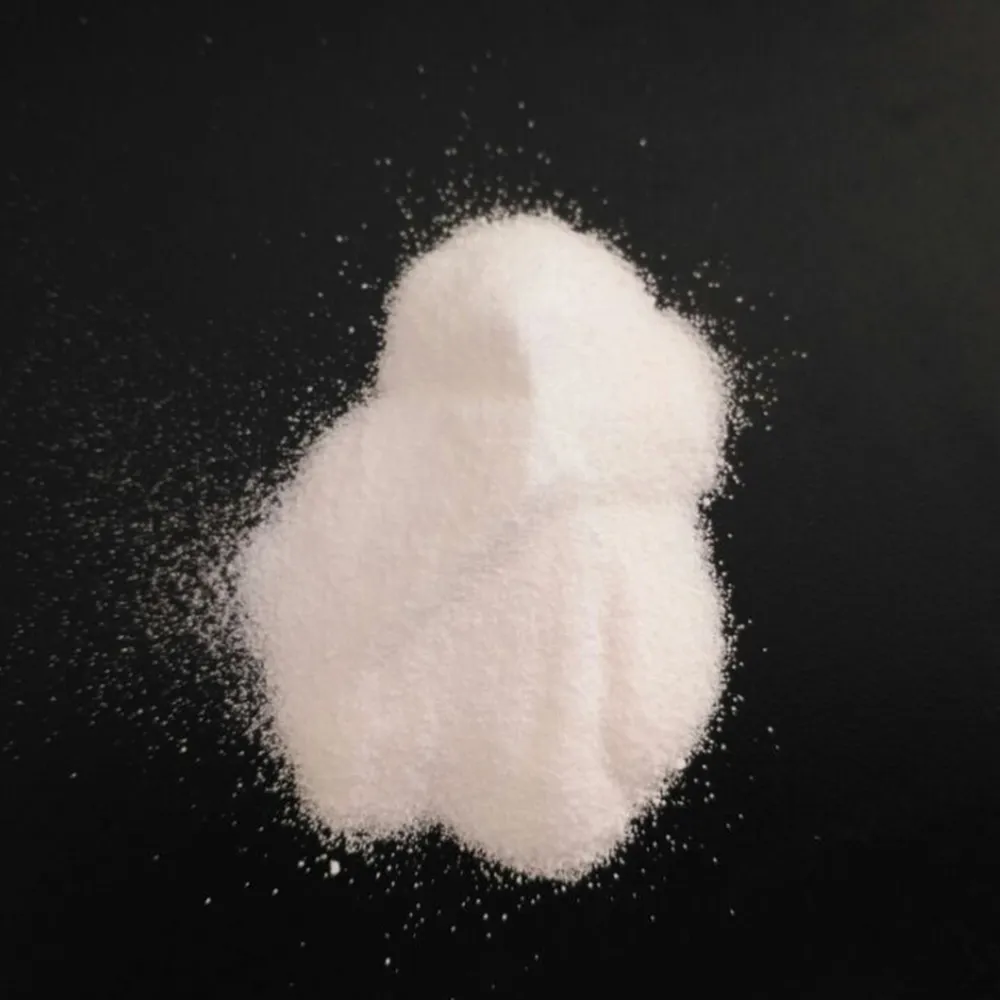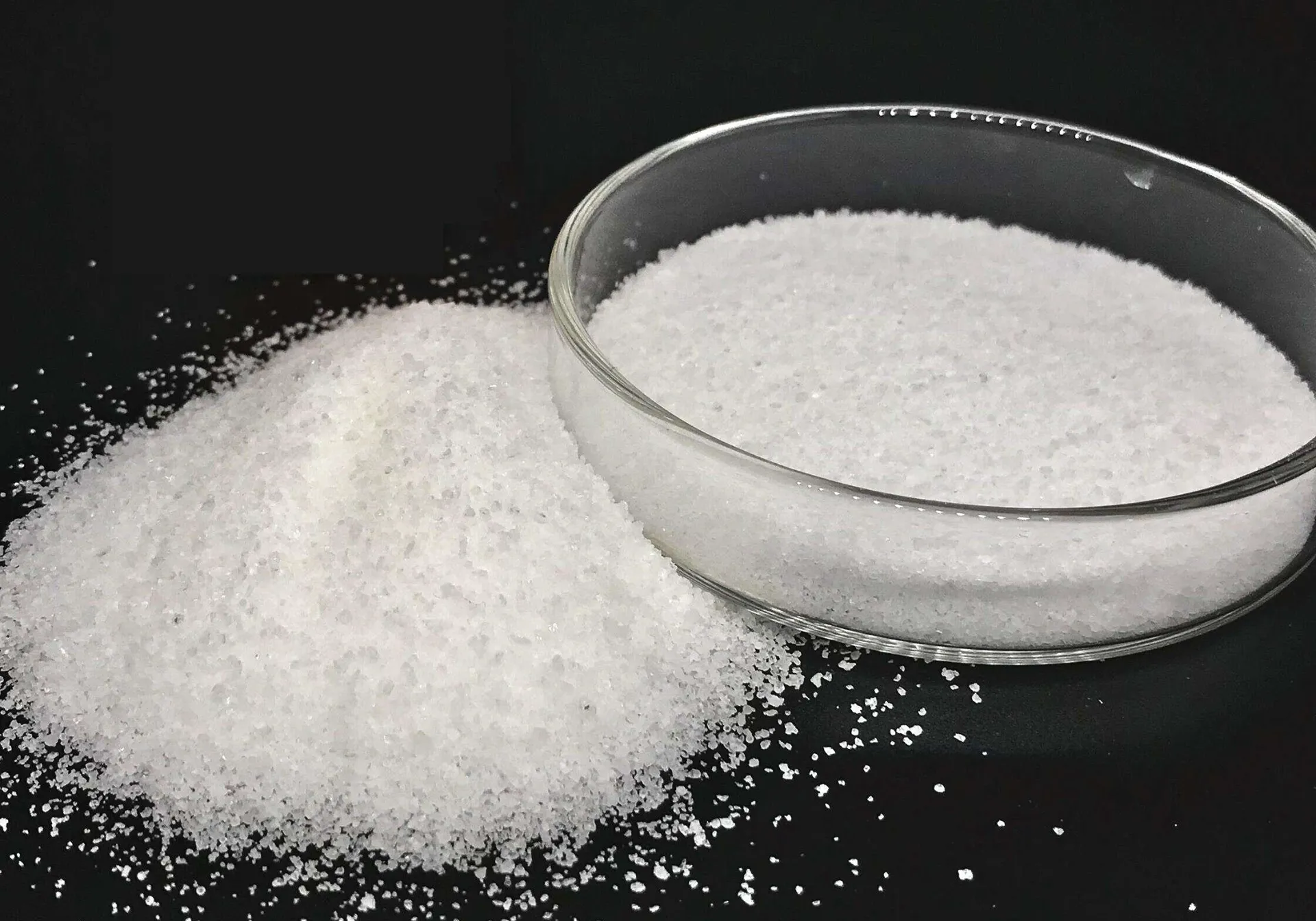



Ferric chloride &Ferric Chloride Liquid 40%
ജനു . 30, 2025 04:36
Back to list
Ferric chloride &Ferric Chloride Liquid 40%
Flocculants play a crucial role in the water treatment industry, serving as essential chemical agents in processes such as sedimentation and filtration. These compounds work by aggregating suspended particles, forming larger clusters that settle more easily. This simple yet effective mechanism has positioned flocculants as indispensable tools in ensuring clean and safe water for various applications, from municipal water treatment to industrial wastewater management.
Natural flocculants, derived from substances found in nature, such as plants and microorganisms, have been increasingly recognized for their eco-friendly characteristics. Particularly of interest is chitosan, a biodegradable polymer obtained from crustacean shells. It has proven effective in reducing turbidity and removing heavy metals without introducing harmful byproducts. Alongside chitosan, plant-based flocculants like Moringa oleifera seed extracts present a sustainable alternative, especially attractive to treatment facilities striving for greener operations. The promise of environmental safety with natural flocculants aligns perfectly with the growing regulatory demand for sustainable practices. Choosing the right type of flocculant involves consideration of various factors, including pH, cost, and environmental impact. To optimize performance, water treatment experts often combine different types of flocculants to enhance the efficiency of the coagulation and flocculation stages. For example, using inorganic flocculants in the initial coagulation step, followed by anionic organic polymers to increase the size of the formed flocs, can lead to significant improvements in the clarification process. This strategic combination not only enhances the clarity of the treated water but also can minimize chemical usage, offering both economic and environmental benefits. When considering the trustworthiness and reliability of a water treatment solution, it's essential to note that a flocculant's efficacy can be affected by variables such as dosage and mixing time. Therefore, expert consultation and pilot testing are recommended to tailor the solution to specific water characteristics. Collaboration with manufacturers who specialize in water treatment chemicals can provide valuable insights and support, ensuring that the selected flocculant aligns with operational goals. In summary, the diverse types of flocculants available today cater to a wide spectrum of water treatment requirements. By balancing factors such as cost, effectiveness, and environmental impact, facilities can achieve optimized results in their treatment processes. As the industry continues to innovate and prioritize sustainability, the exploration and application of various flocculant types will undoubtedly remain at the forefront of effective water management practices. Through continued research and collaboration, water treatment can become even more efficient and environmentally aligned, ultimately leading to cleaner water and a healthier planet.


Natural flocculants, derived from substances found in nature, such as plants and microorganisms, have been increasingly recognized for their eco-friendly characteristics. Particularly of interest is chitosan, a biodegradable polymer obtained from crustacean shells. It has proven effective in reducing turbidity and removing heavy metals without introducing harmful byproducts. Alongside chitosan, plant-based flocculants like Moringa oleifera seed extracts present a sustainable alternative, especially attractive to treatment facilities striving for greener operations. The promise of environmental safety with natural flocculants aligns perfectly with the growing regulatory demand for sustainable practices. Choosing the right type of flocculant involves consideration of various factors, including pH, cost, and environmental impact. To optimize performance, water treatment experts often combine different types of flocculants to enhance the efficiency of the coagulation and flocculation stages. For example, using inorganic flocculants in the initial coagulation step, followed by anionic organic polymers to increase the size of the formed flocs, can lead to significant improvements in the clarification process. This strategic combination not only enhances the clarity of the treated water but also can minimize chemical usage, offering both economic and environmental benefits. When considering the trustworthiness and reliability of a water treatment solution, it's essential to note that a flocculant's efficacy can be affected by variables such as dosage and mixing time. Therefore, expert consultation and pilot testing are recommended to tailor the solution to specific water characteristics. Collaboration with manufacturers who specialize in water treatment chemicals can provide valuable insights and support, ensuring that the selected flocculant aligns with operational goals. In summary, the diverse types of flocculants available today cater to a wide spectrum of water treatment requirements. By balancing factors such as cost, effectiveness, and environmental impact, facilities can achieve optimized results in their treatment processes. As the industry continues to innovate and prioritize sustainability, the exploration and application of various flocculant types will undoubtedly remain at the forefront of effective water management practices. Through continued research and collaboration, water treatment can become even more efficient and environmentally aligned, ultimately leading to cleaner water and a healthier planet.
Latest news
-
Why Sodium Persulfate Is Everywhere NowNewsJul.07,2025
-
Why Polyacrylamide Is in High DemandNewsJul.07,2025
-
Understanding Paint Chemicals and Their ApplicationsNewsJul.07,2025
-
Smart Use Of Mining ChemicalsNewsJul.07,2025
-
Practical Uses of Potassium MonopersulfateNewsJul.07,2025
-
Agrochemicals In Real FarmingNewsJul.07,2025
-
Sodium Chlorite Hot UsesNewsJul.01,2025










